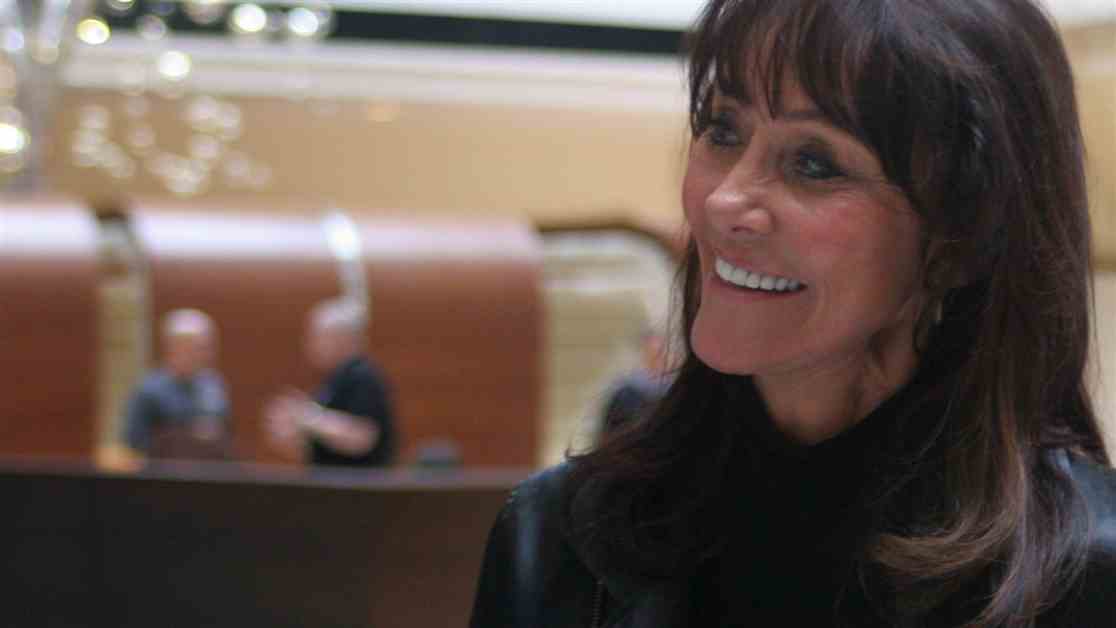America’s Richest Self-Made Woman’s Inspirational Journey to Billionaire Status
At the age of 10, Diane Hendricks set her sights on a career in the business world. Fast forward to the present day, and she has achieved that goal in spectacular fashion. Recently, Hendricks claimed the number one spot on Forbes’ list of America’s Richest Self-Made Women for the seventh consecutive year, with an estimated net worth of $20.9 billion. Her wealth primarily stems from her company ABC Supply, a roofing materials business that she co-founded with her late husband Ken Hendricks in 1982.
Hendricks and Ken embarked on this entrepreneurial journey after recognizing a lack of one-stop shops for roofing materials from various manufacturers. They took a leap of faith by securing a $900,000 loan from Beloit Savings Bank and pledging all their assets to kickstart their venture. Their dedication and innovative approach paid off, as ABC Supply expanded rapidly, reaching 50 stores within five years and achieving $1 billion in annual sales in 1998.
The key to their success, according to Hendricks, was addressing a market need and prioritizing professionalism and respect in the contracting industry. She emphasized the importance of treating roofers with dignity and providing exceptional service to all customers, regardless of their background.
Despite facing initial challenges and doubts, Hendricks persevered and turned her dreams into reality. Growing up on a farm in Wisconsin, she navigated obstacles such as teenage pregnancy and the absence of a college education to carve out a successful career in business. Today, at 77 years old, she remains actively involved in managing ABC Supply and intends to pass down the company to her children in the future.
Hendricks’ story serves as a powerful reminder of the potential for success through hard work, determination, and a commitment to excellence. Her journey from financial hardship to billionaire status without a college degree is a testament to the possibilities that await those who dare to dream big and pursue their passions relentlessly.

















